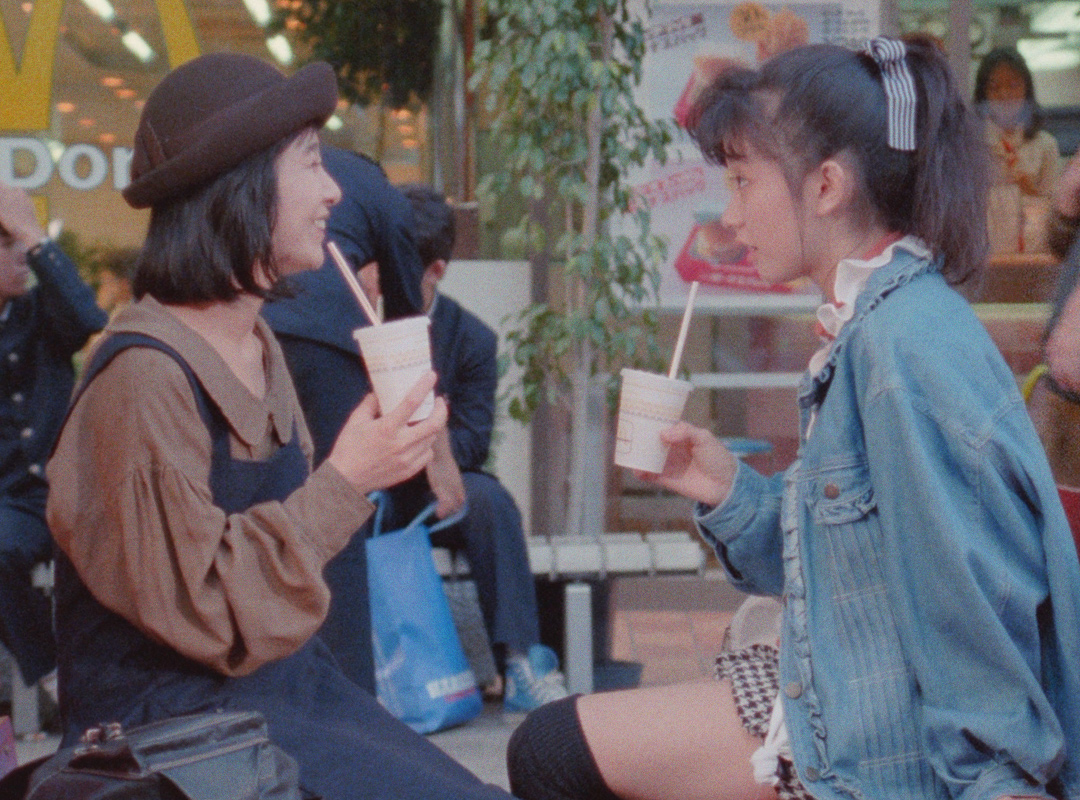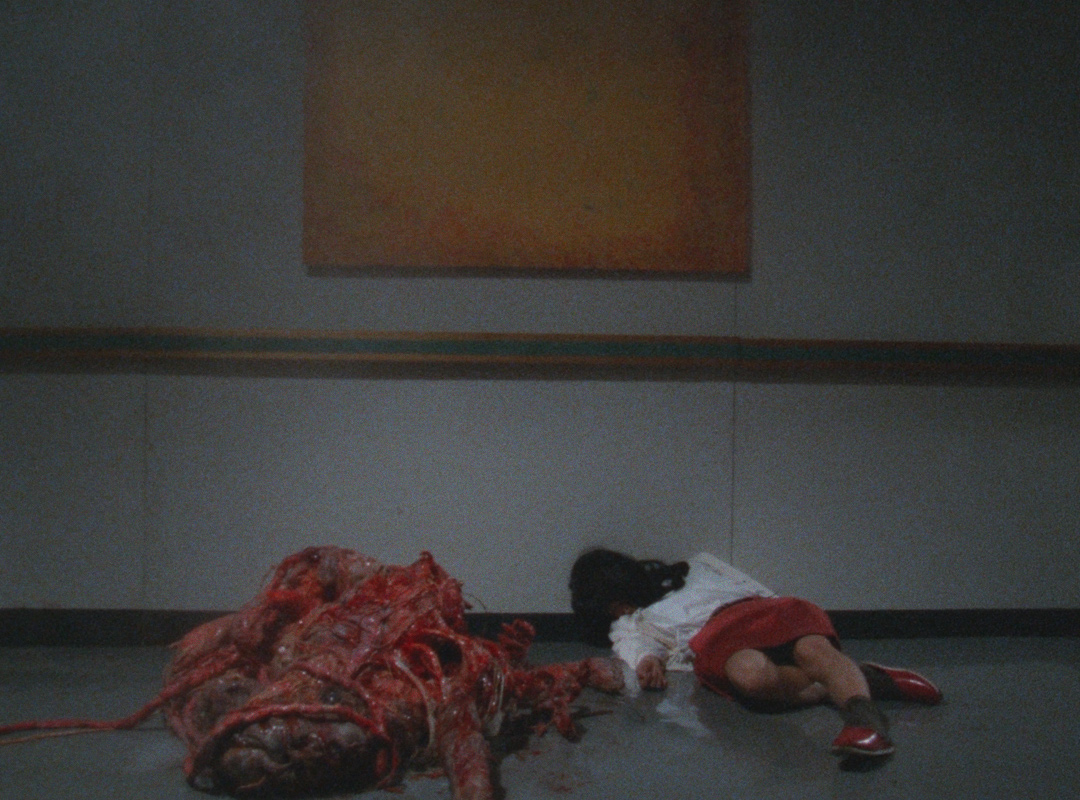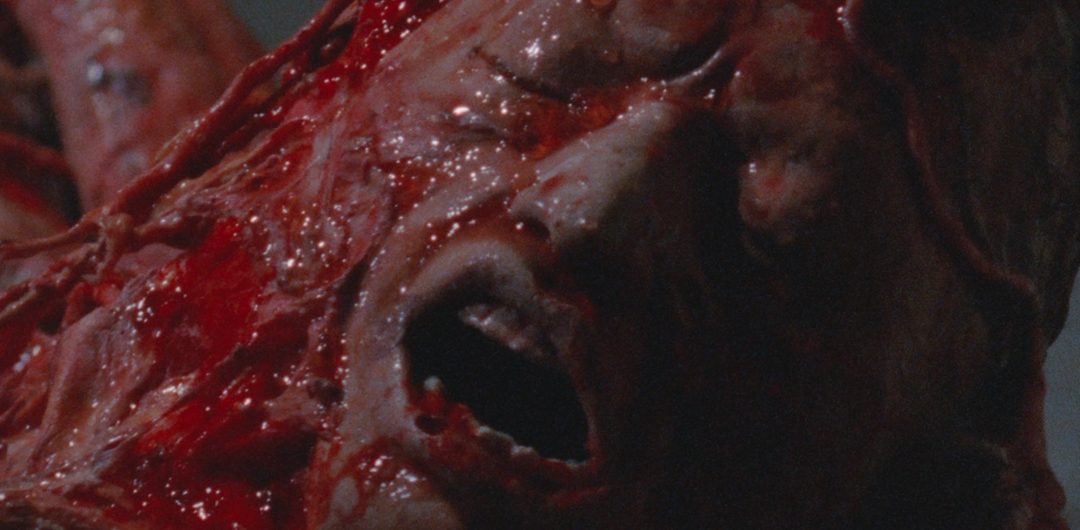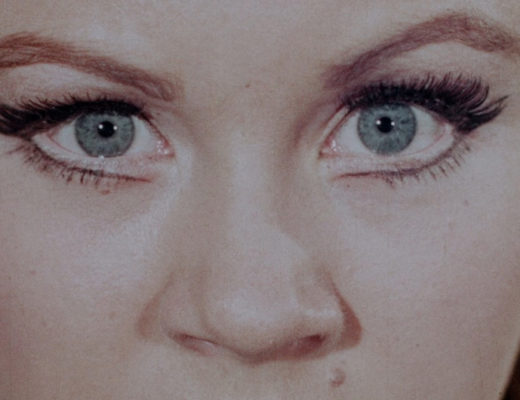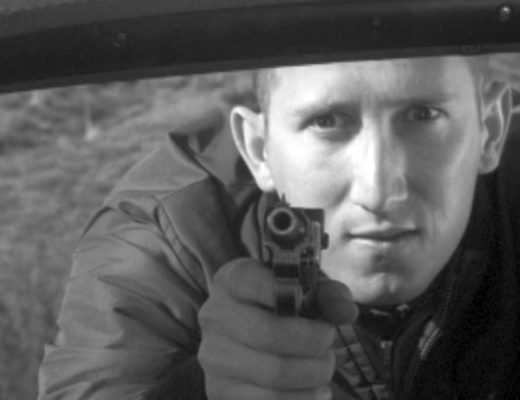The origin stories of many kaiju involve nuclear pollution that awakens and/or mutates a beast, usually on an ancient island or deep in the bowels of Earth. The monsters emerge and go on a rampage leveling architectural sites. Godzilla, Gamera, Megalon, Anguirus and countless others have stepped on half the population of Tokyo and flattened a large percentage of its vehicles. Of course, the premise of these iconic films were predicated on a genuine fear: nuclear fallout in Hiroshima and Nagasaki led to poisoned, ravaged lands and a generation of heartbreaking birth defects. Horror and science fiction films and books exploited these fears and developed them into fantastic nightmares, leading to the world’s most beloved giant lizard with bad breath. Japanese genre filmmakers eventually moved on to other themes, but the effects of kaiju movies remained. Instead of radiation, it’s air, water, and land pollution that causes monstrous defects, which, obviously, is much closer to real life.
Somewhere in Japan, deformed babies are being born at an alarming rate. They’re known as “cyclops” and they rarely survive. Most doctors don’t even bother saving them. Except one. Dr. Takazama and his assistant Takamori believe that the malformed aren’t defects, but rather the next step in evolution. They found ways to treat the infants, by manipulating normal cells and tissues to cover up the mutated ones. Unfortunately—or perhaps fortunately— a strong emotion or a concussion can jolt the mutated cells back to life. It’s like the X-Men, where trauma can trigger powers, only instead of the ability to control the weather, it’s a gaping, bloody third eye that looks like a vagina.
Poor Miyuki. Her best friend was found dead and naked in an abandoned lot. Plunged into depression, Miyuki starts changing. Extra limbs form and writhe. Meanwhile her brother Takamori gets attacked in an elevator and a bloody, gruesome conjoined twin emerges from his otherwise perfect human body. Please note that the twin has no skin. Something is happening and all of it is good.
In its lean 50-minute runtime, Cyclops packs a serious punch. The practical effects escalate quietly until it explodes in the final sequence, where there are pulsating head wounds, a tangled jungle of veins, and gelatinous gore that oozes slowly out of gaping abdominal cavities. Cyclops shares many themes with those beloved kaiju films: corrupt officials, government cover-ups, pollution wreaking havoc on our planet and the people on it. But it also has ambitious body-horror effects ripped straight from the pages of the David Cronenberg playbook. Many of the special effects artists continued their careers working on major and minor productions, including Shuichi Kokumai who went on to do effects for Lady Battle Cop and Kamen Rider ZO. This was director Joji Iida’s first film, released at a time when horror films were not big in Japan. As a result, it languished in obscurity, only getting a release in Hong Kong. It’s hard to imagine how this film did not sweep the Japan Academy Awards, but sometimes it takes people time to recognize genius. Well, consider it recognized.
